Necrotic leaf spots such as this are impossible to accurately diagnose without culturing the tissue in a lab. Sometimes damage such as this is called “water soaked” spots because it’s yellowish or olive green instead of tan turning to brown. This type of damage can be caused by fungus, bacteria or virus. Fungi are far more common, but these usually cause the tan-or-yellow-turning-brown type of spots and not as yellowish-green. Fungi are treated with a fungicide. Unfortunately viruses and bacterial problems in plants aren’t usually able to be treated.
SO, not knowing what is causing the damage you are seeing, what should you do? Here are some possible courses of action and you can decide what makes the most sense to you:
1. If you have other plants in the area with this one, separate the infected ones from the healthy ones asap.
2. Clip off the worst of the leaves. This makes the problem easier to monitor, and gets rid of some fungal spores should the problem be caused by fungi.
3. Never get the foliage wet – don’t mist the plant or spray the leaves with water. No matter what causes the problem this can spread the disease or make it worse.
4. Spray with a multi-purpose fungicide. Get recommendations from your local garden center and choose the product that meets with your approach to plants and gardening. (Some people prefer organic fungicides, for example, but others like a synthetic systemic.)
5. Don’t over or under water the plant and keep it in the light that it’s preferred in the past. In other words, no huge changes.
6. Either the plant will grow out of the problem or it will continue and get worse. If it gets worse, be willing to say goodbye.
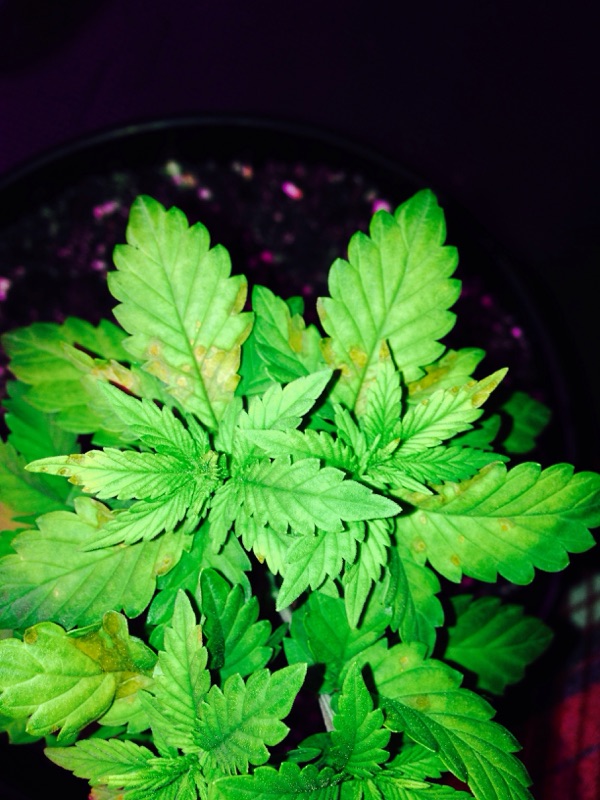
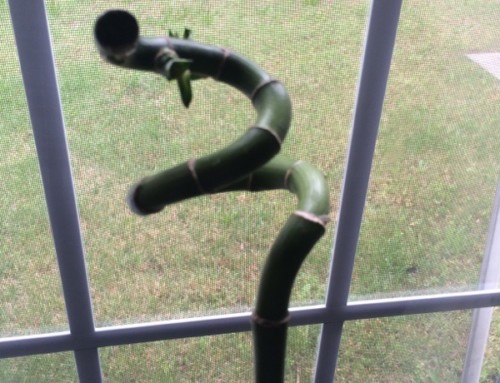
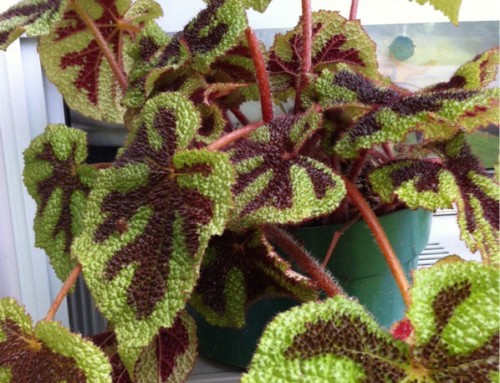
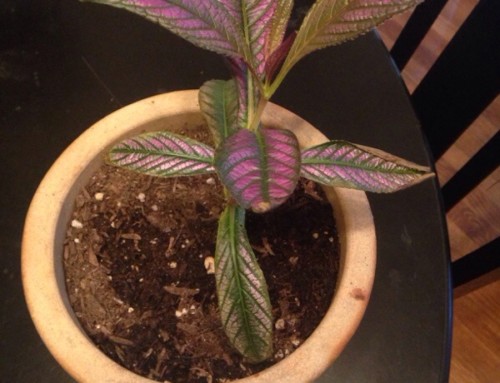
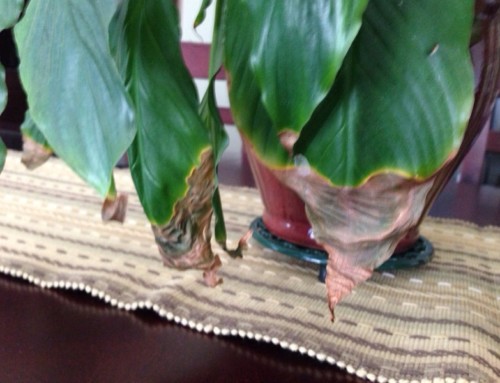
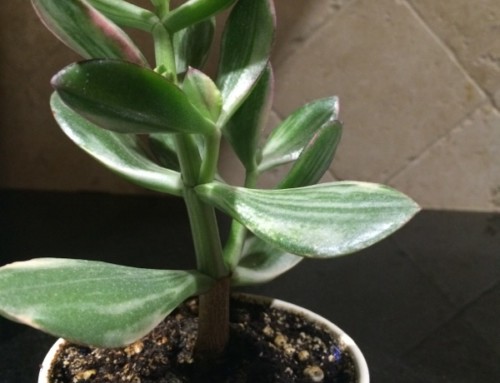
Necrotic leaf spots can be tricky to diagnose without lab testing, as they may be caused by fungi, bacteria, or viruses. While fungal infections are more common and treatable with fungicides, bacterial and viral issues are often untreatable. To manage the problem, isolate affected plants, remove severely damaged leaves, avoid wetting the foliage, use an appropriate fungicide, and maintain consistent care. If the condition worsens despite efforts, it may be best to discard the plant to prevent further spread. 🌿🚫
Good Information
Regards, Unissula